 Toward the end of December, the US Navy’s Red Hill Bulk Fuel Storage Facility at Pearl Harbor, Hawaii was drained of fuel, after chronic fuel oil leaks into Oahu’s sole drinking-water aquifer from the World War II era underground tanks. Now that the final tanker has sailed, loaded with the last jet fuel from the vast underground tank farm, the Navy says that Oahu’s water supply is again safe to drink. Local residents, backed by a recent report of an investigation by the Environmental Protection Agency (EPA), disagree.
Toward the end of December, the US Navy’s Red Hill Bulk Fuel Storage Facility at Pearl Harbor, Hawaii was drained of fuel, after chronic fuel oil leaks into Oahu’s sole drinking-water aquifer from the World War II era underground tanks. Now that the final tanker has sailed, loaded with the last jet fuel from the vast underground tank farm, the Navy says that Oahu’s water supply is again safe to drink. Local residents, backed by a recent report of an investigation by the Environmental Protection Agency (EPA), disagree.
The EPA findings have sparked inquiries into the Navy’s water distribution center and plumbing in Pearl Harbor Homes. While the Navy examines residents’ plumbing, a citizens group is urging the Navy to take further safety measures.
According to its investigation, the water in three of four homes detected petroleum hydrocarbons as diesel, ranging from 56 to 71.2 parts per billion. The EPA noted that all petroleum hydrocarbon results were below the Hawaii Department of Health’s screening level of 266 parts per billion for total petroleum hydrocarbons.
Continue reading


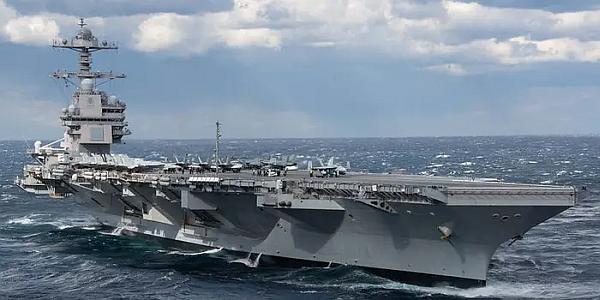 This year, the US and Royal navies have fallen short of meeting their recruiting goals, leaving both navies with more ships’ billets than they have personnel to fill them.
This year, the US and Royal navies have fallen short of meeting their recruiting goals, leaving both navies with more ships’ billets than they have personnel to fill them.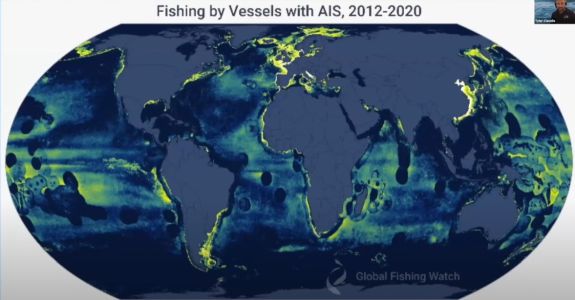 Way back in 2015, we posted –
Way back in 2015, we posted – 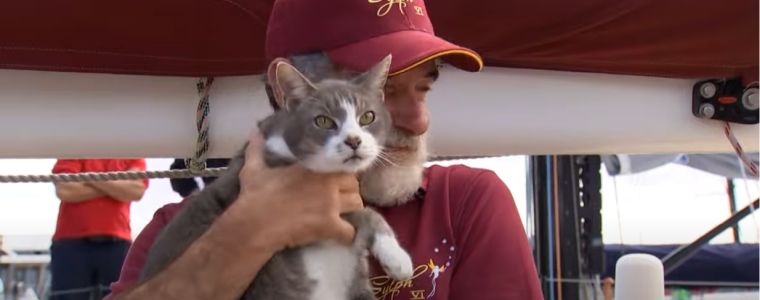 We recently
We recently 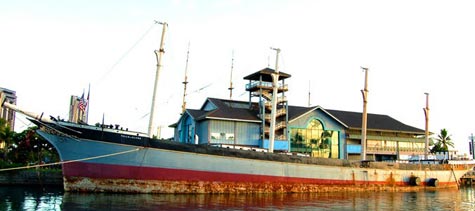 The State of Hawaii is moving closer to removing the historic four-masted iron-hulled ship
The State of Hawaii is moving closer to removing the historic four-masted iron-hulled ship 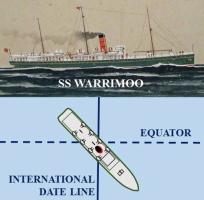 Here is a repost of wonderful sea story suitable for New Year’s Day. It also appears to be more or less true.
Here is a repost of wonderful sea story suitable for New Year’s Day. It also appears to be more or less true.  On Sunday morning, Dec. 31, at 6:30am (local time) the container ship
On Sunday morning, Dec. 31, at 6:30am (local time) the container ship 
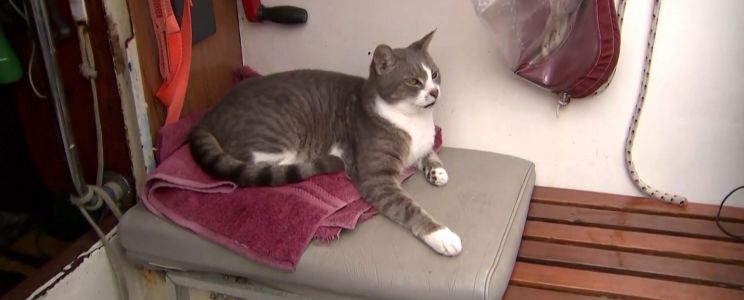 The
The 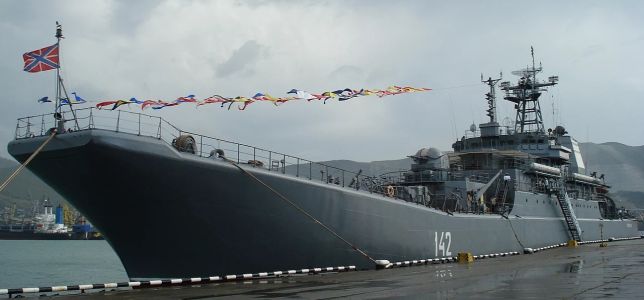 Today, the Ukrainian Air Force said that it had destroyed the
Today, the Ukrainian Air Force said that it had destroyed the  Merry Christmas! Here is a composite image and video of NGC 2264, also known as the “
Merry Christmas! Here is a composite image and video of NGC 2264, also known as the “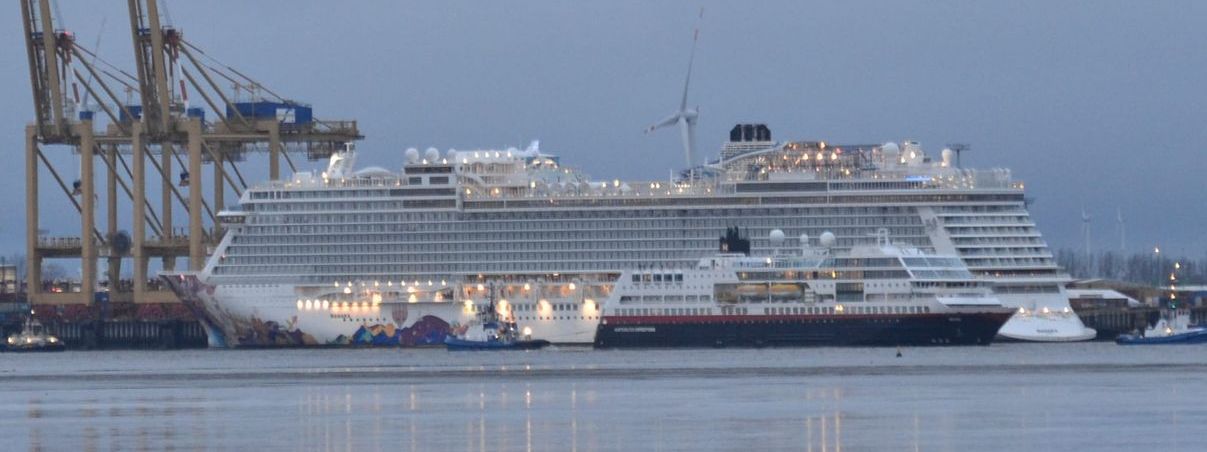

 Happy
Happy  The
The 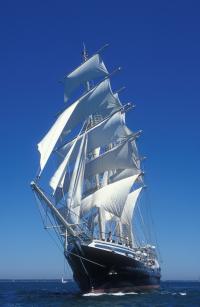 After years of financial struggle, the
After years of financial struggle, the 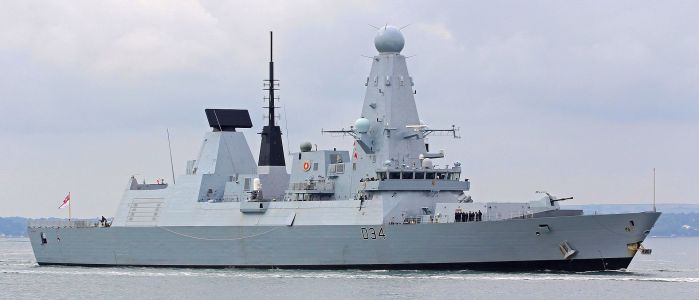

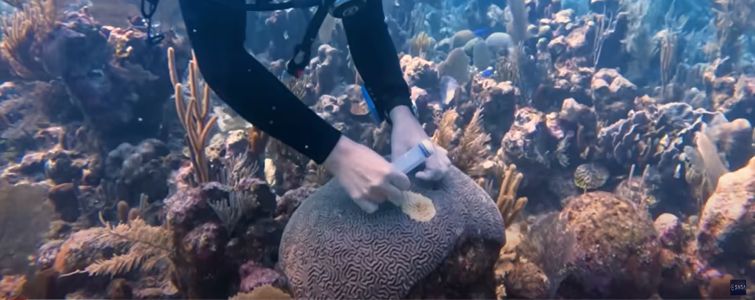 When we went on a family scuba diving trip to the
When we went on a family scuba diving trip to the